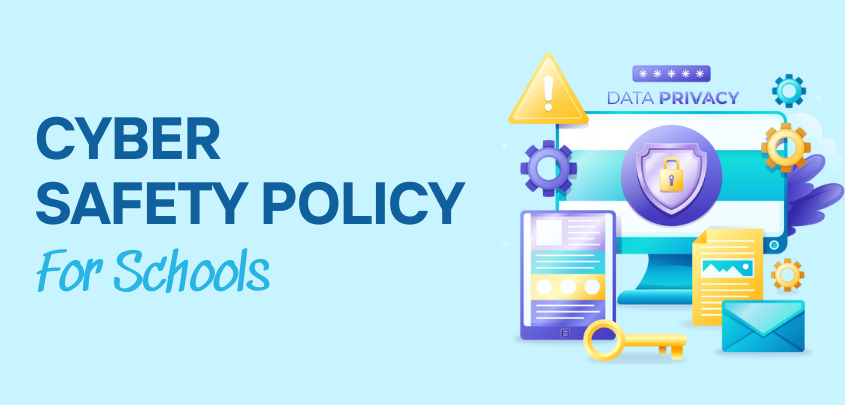
06, Aug, 2024
10 Essential Components of a Comprehensive Cyber Safety Policy for Schools
Creating a comprehensive cyber safety policy is essential for protecting students, staff, and school data. Here are ten key components every school should include:
- Clear Objectives
- Define the policy’s purpose and scope, including goals for protecting students and staff in digital environments.
- Acceptable Use Policy (AUP)
- Establish guidelines for the acceptable use of school technology and digital resources, including prohibitions on inappropriate content.
- Access Control
- Specify who has access to various systems and data, ensuring that access levels are appropriate for different user roles.
- Data Protection
- Implement measures to safeguard personal and academic data from unauthorized access, theft, or loss.
- Incident Response Plan
- Develop a plan for responding to cyber incidents, including procedures for reporting, managing, and recovering from breaches.
- Monitoring and Reporting
- Set guidelines for monitoring network activity and provide clear instructions for reporting suspicious or harmful behavior.
- Training and Awareness
- Offer regular training for students and staff on cyber safety, including recognizing phishing attempts and maintaining strong passwords.
- Password Management
- Enforce strong password policies and recommend multi-factor authentication to secure access to school systems and accounts.
- Software and Hardware Security
- Ensure that all software and hardware are up-to-date with the latest security patches and properly maintained.
- Compliance and Review
- Regularly review and update the policy to comply with current regulations and address emerging cyber threats and best practices.
Incorporating these components into your school’s cyber safety policy will help create a secure digital environment, protect sensitive information, and ensure that everyone in the school community understands their role in maintaining cyber safety.
